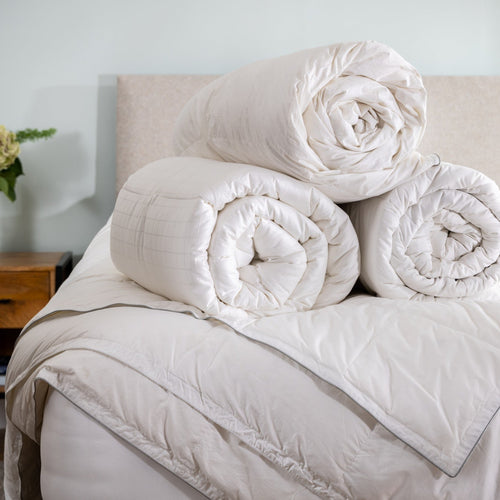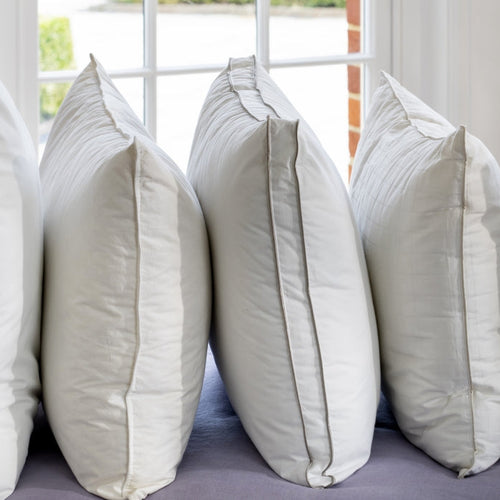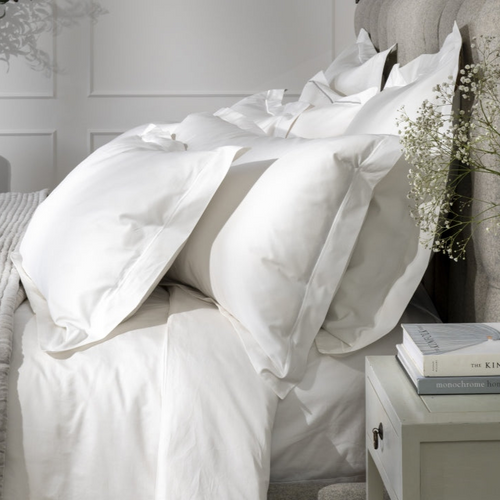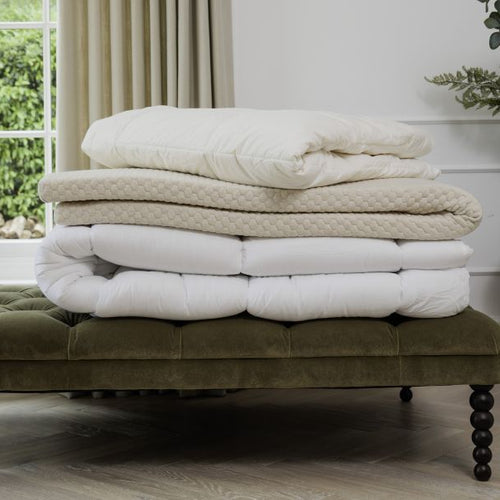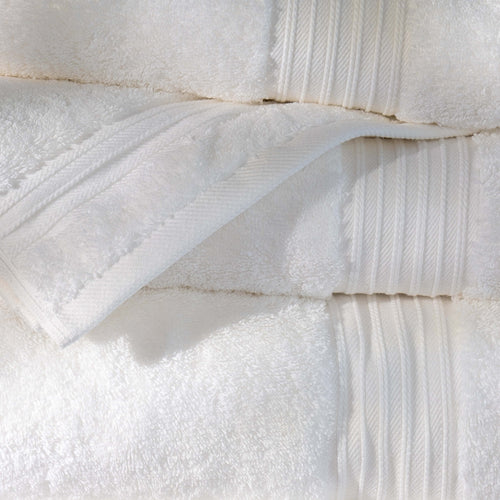Choice overwhelm? It turns out that too much of a good thing can be a problem.
So, to make choosing your perfect products easier, our very helpful bedding experts have gathered the most common bedding customer questions and answered them for you. They’re all here, and although they don’t have the drama of a Scandi page-turner, they’re pretty useful all the same. Read on and you’ll be choosing the right products for you, your family and that guest bedroom, leaving you free to get on with everything else on your list.
And of course, if you’re still not sure, give us a call. We’re more than happy to chat through your bedding-related questions and conundrums.



